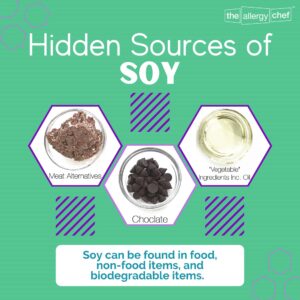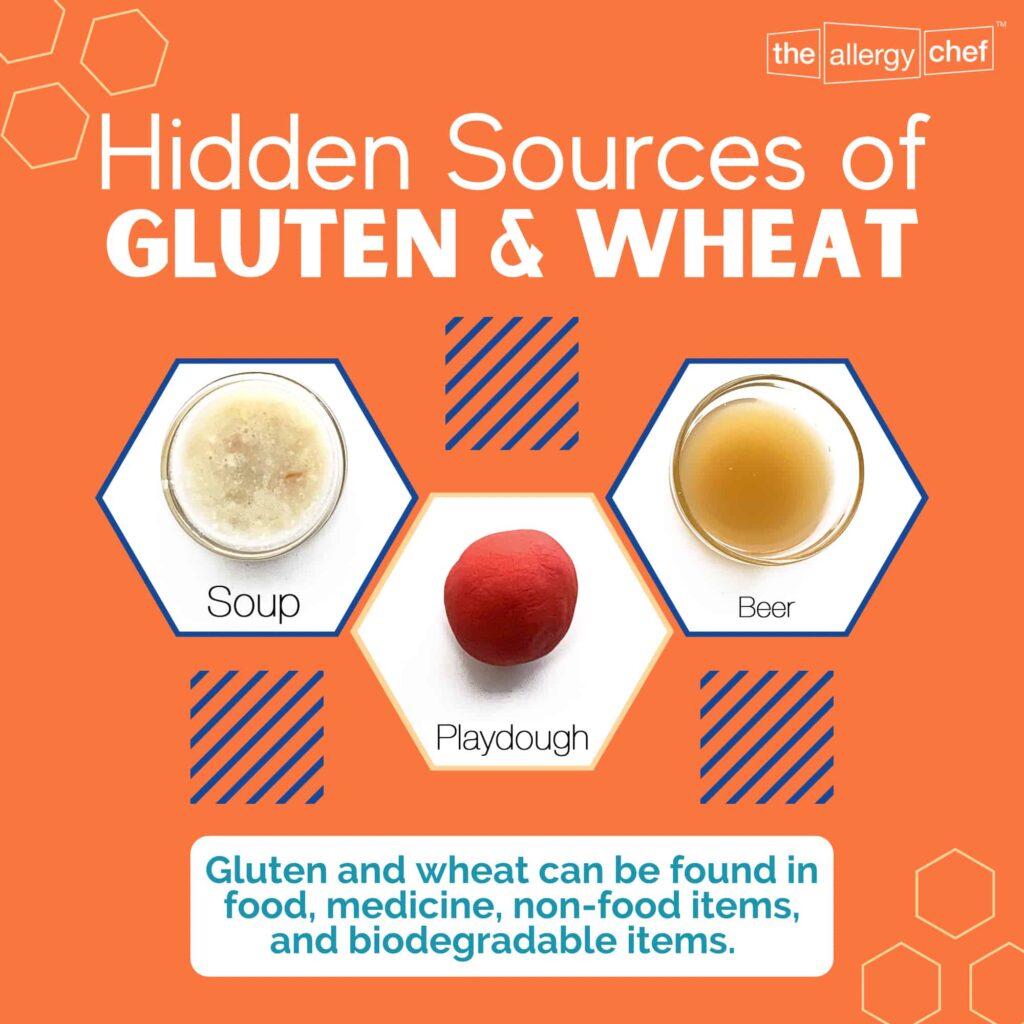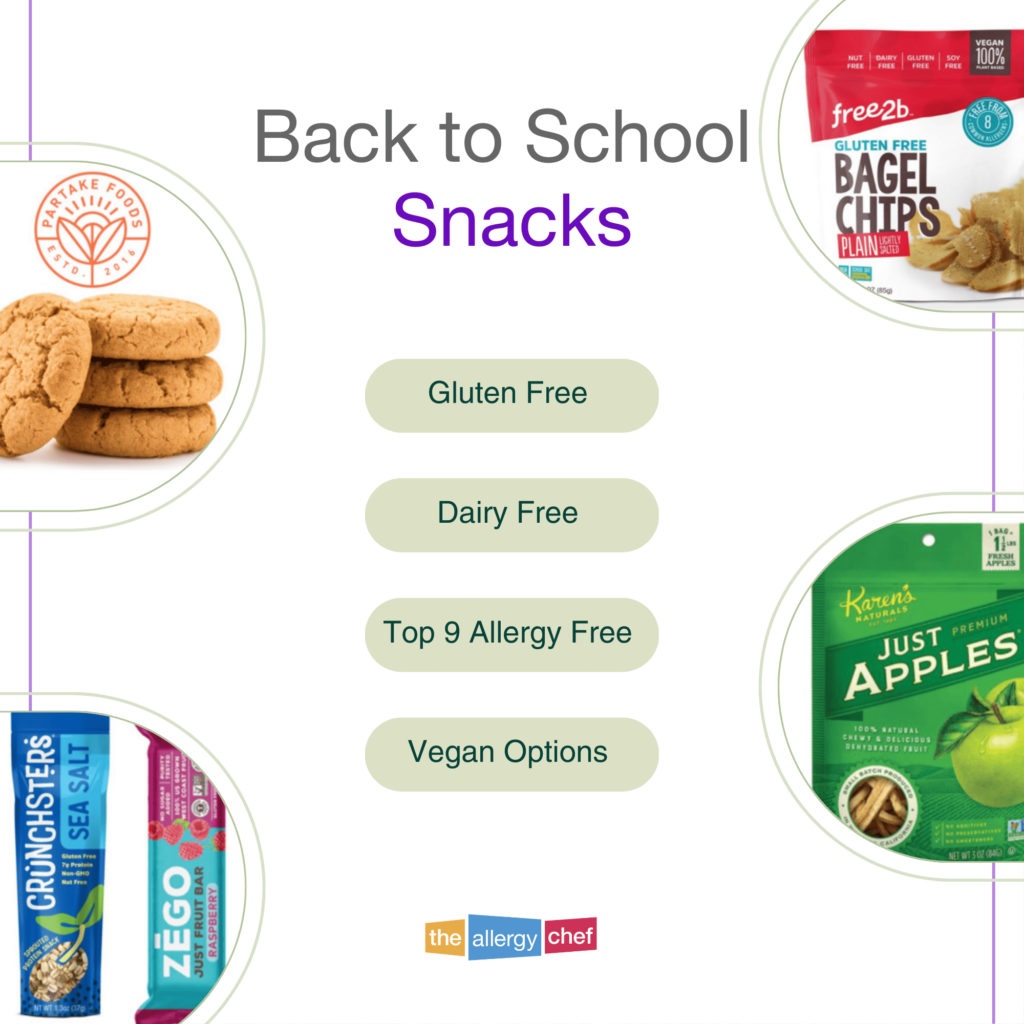Being diagnosed with any allergy is hard. However, a soy allergy or corn allergy diagnosis – truly two of the hardest to navigate. This is because soy and corn are in EVERYTHING including food and non-food items. I’ve found there’s more corn than soy out there in the world, but either way, it’s not easy.
Who would guess that many printers (home and commercial) use soy-based inks. And did you know that some brake lines for cars are made with soy these days? It’s not to say that you’ll be eating your break lines, but for a mechanic with a contact allergy to soy, this could pose a problem.
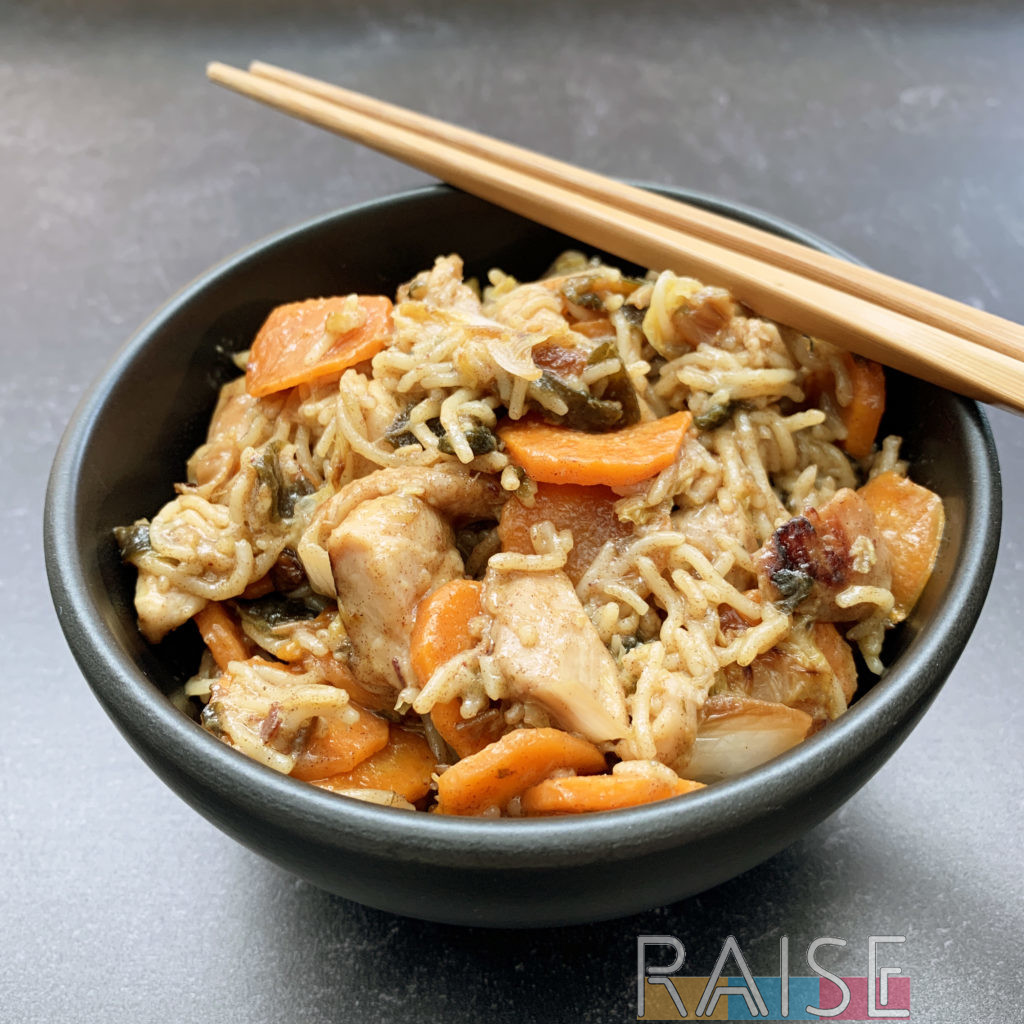 Related Recipe: Soy Free Chow Mein Memories (GF, Top 9 Free)
Related Recipe: Soy Free Chow Mein Memories (GF, Top 9 Free)
Extra Helpful RAISE Resources for the Newly Diagnosed
- How To Read Food Labels
- How To Call Companies About Their Products
- Safe Products Lists & Guides
- Soy Free Recipes
Toady I’ll be sharing hidden sources of soy that are easy to overlook. Before we do that, let’s analyze what soy is.
Some Soy Allergy Basics: Soy Is a Legume
- Soy is a legume native to East Asia.
- Soya, Soy, and Soybean, all refer to the same thing.
- Soy is commonly used in animal feed.
- Douchi is also called Chinese Fermented Black Beans. This is made from soybeans, not Black Turtle Beans which you may be familiar with.
I Read That If I Have a Soy Allergy, I Can Still Have Soy Oil
First, no two people are the same. Many doctors and researchers feel that because with highly refined oils such as soybean oil and peanut oil, the proteins are gone, and therefore, and allergic reaction cannot occur. This is based on the definition of an IgE Allergic Reaction in its “Purest form”.
However, this is not true for everyone. Some people have reported they can have the oil whilst others have reported they have a reaction. The same is true for people with peanut and/or corn allergies.
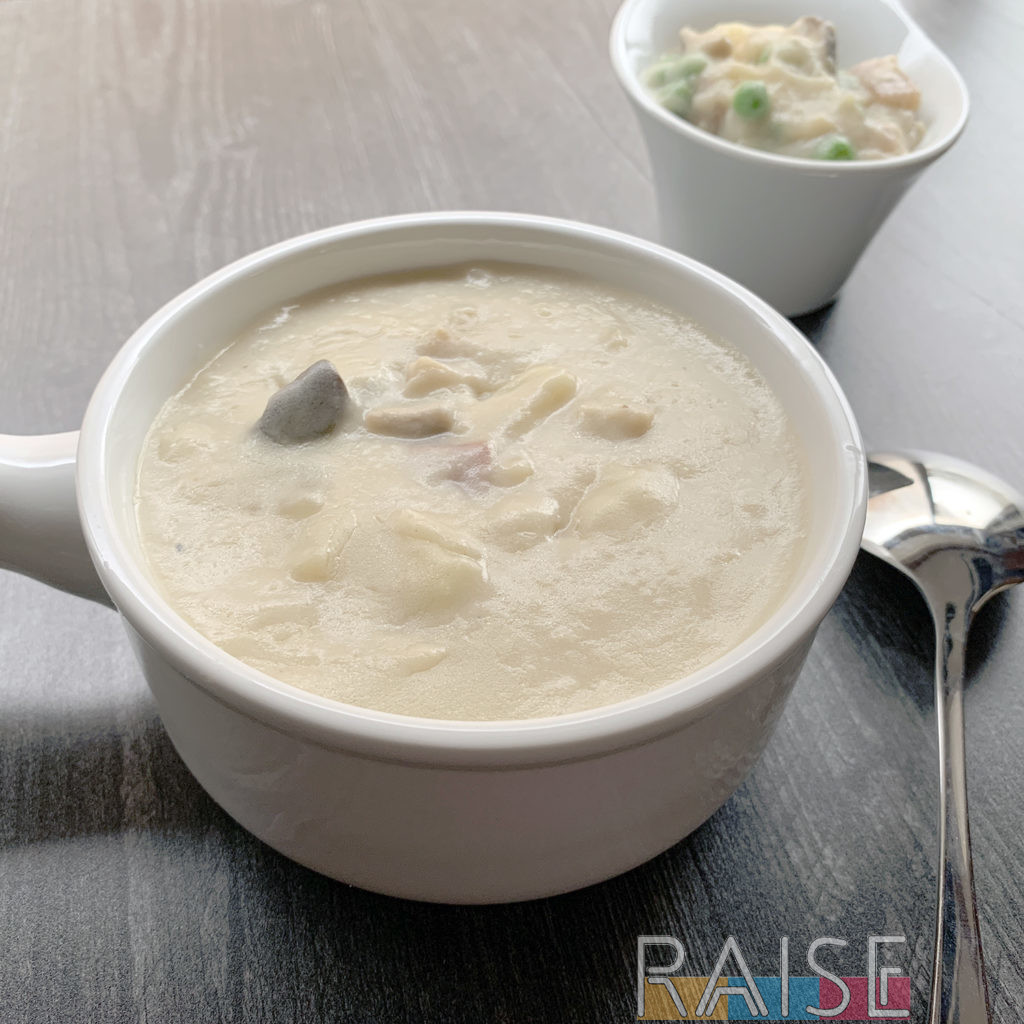 Amazing Recipe: Top 9 Free Vegan Chowder
Amazing Recipe: Top 9 Free Vegan Chowder
Interestingly, some doctors are convinced you can’t have an allergic reaction from airborne particles. Guess I’m wearing a full face respirator to leave the house, cook, and bake for nothing then… That’s my point. No two people are the same. Many doctors are not quick to admit that the science hasn’t caught up to the real world on this one.
If you’re living with a severe allergy to something, it’s best to avoid it until you can work with a professional to determine if any form of consumption will be safe for you.
My Personal Stance on Soy
If you do a little digging online, you’ll read about how some people love soy, and how others stay away. It has to do with HOW soy is processed, especially in the United States. I generally only purchase properly fermented soy products for the kids, and exclude as much processed soy as possible from our home.
I also take this stance due to GMO soy being everywhere. However, if you know the story of Kid Three, you know why I switched to organic years ago.
Do some research on the topic and decide what feels right for your home if some are still eating soy products.
Other Names For Soy
In addition to the hidden sources of soy, there are several names that also indicate soy. These include:
- Edamame
- Miso
- Natto
- Tamari
- Tempeh
- Tofu
What To Look For In Labels
Since soy is considered a major allergen (top 8, top 9, top 10, top 12, and top 14), labels should clearly indicate if soy is an ingredient on the package. Yet, if you’ve followed along for a while, you KNOW you’ll need to call companies. Additionally, read labels carefully as I’ve seen BIG free-from brands fail to call out soy in their “contains” statement.
Related Article: When Companies Don’t Disclose… A Lesson in Labels
Hidden Sources of Soy
These items are what I would consider the hidden sources in terms of labeling:
- Bean Sprouts
- Hydrolyzed Plant Protein
- Sauces
You’re also going to have soy in non-food items such as dog wipes. I was a little taken back when I read the label on one package and sure enough, there was soy.
For those who manage a contact allergy, it’s important that you know about the inks and packaging (including biodegradable) too. Whilst this can be overwhelming when you’re new, the great news is that once you find your rhythm, managing your soy allergy gets MUCH easier.
Places Where Soy is Often Used
These are items that usually contain soy. If you see buzz words such as organic, non-GMO, vegan, dairy free, etc., soy can still be in the product. If you’re buying organic, it means they used organic soy in that particular product.
Additionally, some awesome companies like Rule Breakers go as far as to disclose if soy is used as a cover crop with any of the ingredients they source. Whilst most people won’t need that level of detail, it’s refreshing that someone is staying on top of these things.
- Baby Formula
- Baked Goods
- Bread & Breadcrumbs
- Cereal
- Chocolate
- Condiments
- Crackers
- Dairy Free Foods
- Fried Foods
- Lecithin (usually listed as soy lecithin, but can also be written as lecithin only)
- Marinades & Sauces
- Marshmallows
- Meat Alternatives
- MSG
- Peanut Free Foods (such as peanut free spreads)
- Plant-Based Foods
- Snack Foods (Energy Bars, Chips, Cookies, etc.)
- Vegan Foods
- “Vegetable” Ingredients such as Vegetable Oil
Related: Soy Free School Snacks (GF + Top 9 Free)
The Main Takeaway
You can see from the above list that basically, anything packaged and just about anything at a restaurant can contain soy. That doesn’t mean it will contain soy. Unlike other allergens such as egg, soy has SO MANY uses. That fact can make it hard to avoid.
If you’re new to living soy free, you will benefit from consuming packaged goods that are advertised as top 9 allergy free. This means by default, there’s no soy in the product. However, if you have a severe allergy and cannot tolerate even trace amounts of soy, you’ll still need to call to find out about raw materials, processing, shared equipment, etc. One of the perks of RAISE is I’ve made so many phone calls, so you don’t have to. Click here to Join RAISE today and start enjoying all of the amazing perks.
Still have questions about hidden soy? Get in touch so I can point you in the right direction.

